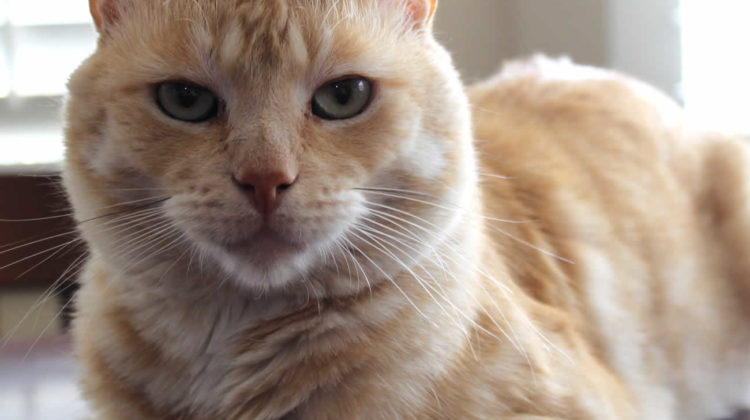
Table of Contents
Cats are curious creatures, with many unique behaviors that seem odd to humans. From their unusual vocalizations to the flicking of their tails and body positions, it can leave owners scratching their heads wondering what their kitty is trying to communicate with them!
However, just because the two of you speak different languages, it doesn’t mean you can’t work out exactly what your cat is thinking or feeling – you just need to pay attention to physical signs instead. One key thing to pay attention to is their body position.
A common position that all owners have undoubtedly seen their felines in at least once is the cat loaf. This is where cats tuck their paws and tail underneath them to resemble a loaf of bread. But what does this body position mean?
In most cases, the cat loaf position is a sign that your cat feels safe. However, if your cat takes the loaf position more than is normal, it would be wise to observe it closely and see if there might be something wrong. There are also variations of this pose that mean slightly different things, and it’s imperative you know the difference.
In this article, I run through what cat loafing is, the reasons for this positioning, and when to worry. I also briefly run through some other common cat body postures to make communicating with your furry friend even easier, and how else you can tell your kitty feels safe.
What is Cat Loafing?
Before we get into why cats loaf, we must understand what cat loafing is and what it looks like. This way, you will be able to spot your cat in this position and understand how they are feeling.
What Does the Cat Loaf Position Look Like?
The term “cat loaf” and “cat loafing” came about on both the Urban Dictionary and Reddit. As the name suggests, the cat loaf is a position where your cat resembles a loaf of bread. They lie on their bellies and have both paws tucked beneath their bodies.
In the traditional loaf position, their paws aren’t visible at all, but occasionally one paw will be poking out. Their head will be upright, and they will typically seem calm and relaxed, with perhaps their eyes gently opening and closing as they dose in and out of sleep. In most cases, their tails will able be tightly curled around their rear end or underneath their bodies with their paws.
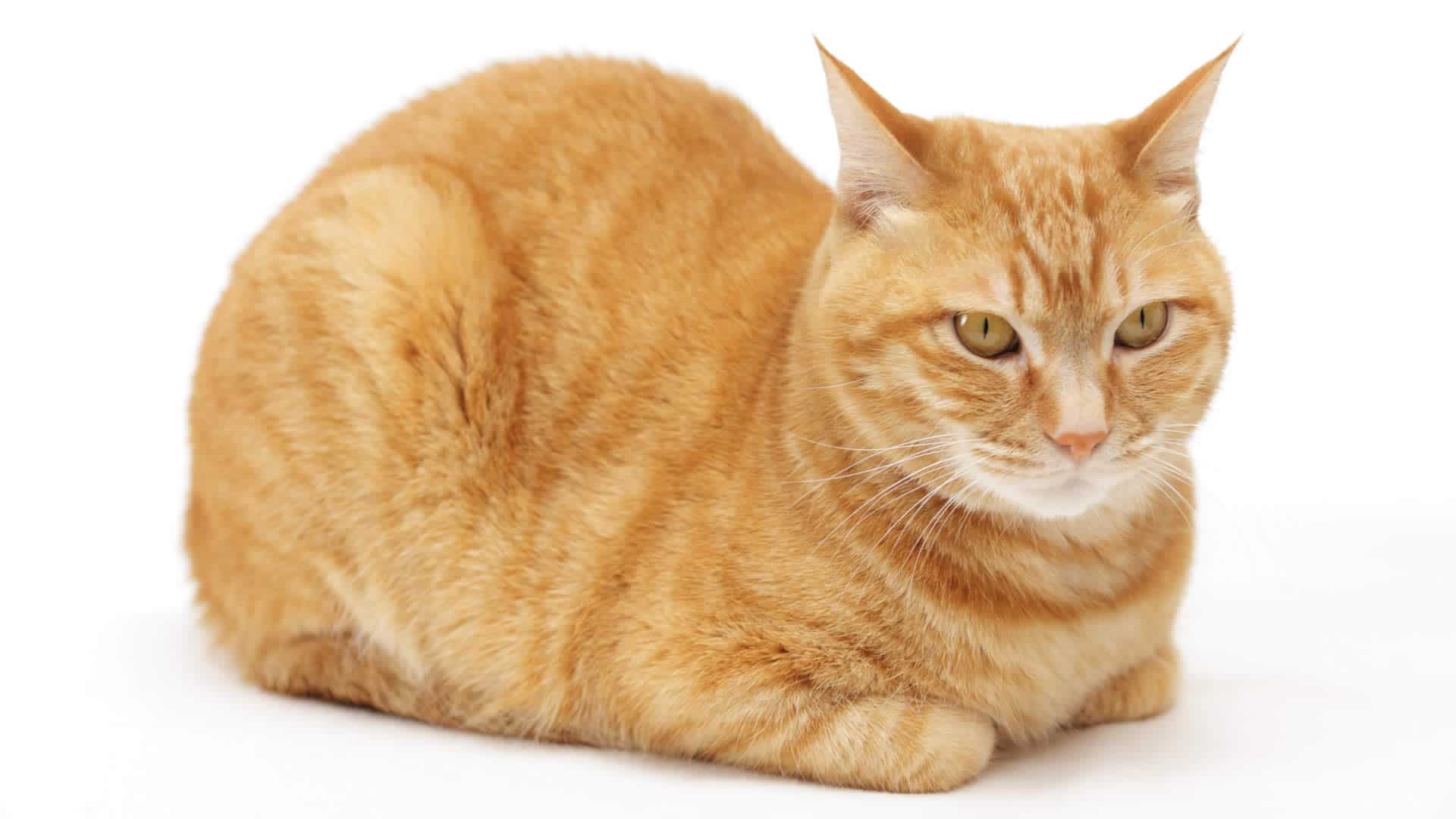
What Other Cat Loaf Variations Are There?
While the typical cat loaf position is as described above, there are other variations of this pose you may notice your cat assume. These variations include:
- Partial Loaf Position: If you can still see the sides of your cat’s paws while they are in the loaf position, this is known as the partial loaf. They aren’t tucked under all the way, and they look as if they are wrapping them around their chest.
- Sphynx Loaf Position: This is like the regular loaf position, but your kitty will have their paws stretched out in front of them. It is given this name as the position resembles the Egyptian Sphynx monument.
- Meatloaf Position: Instead of holding their head upright, cats in the meatloaf position have hunched backs and they will be leaning forwards with their head pointing towards the ground. This is usually accompanied by eyes that are clenched shut.
- Attack Loaf Position: In this position, your cat’s paws are outstretched, their eyes alert, and their back legs ready for jumping. Their tail is usually also pointing outward rather than being held close to their body.
Although it might be hard to distinguish between these five variations, pay close attention and you’ll soon get used to the different types of loaf positions.
There is a type of “collective loafing” where multiple cats loaf together at once. If you have more than one furry friend, see if you can ever spot them double or triple loafing with other cats.
Where Do Cats Loaf?
The most common place cats loaf is on the floor or a comfy spot, such as their bed or your couch. However, your cat doesn’t need to be on the floor or on a comfy couch to take the loaf position. Cats can get into the loaf position just about anywhere imaginable!
As each of our feline friends has their own quirky personalities, where they choose to do this position is entirely down to them. In fact, on Reddit, you can find hundreds of photographs of cats sitting very comfortably in this loaf position in quite strange places.
Personally, my cat loves loafing on the bookshelf, the backrest of the couch, or, the radiator (her all-time favorite!). If she’s being naughty, I might also catch her loafing on the kitchen counter. Or if I’m lucky, she will sometimes loaf on my lap.
On the other hand, I have noticed that street cats prefer loafing on the warm hoods of parked cars. Yours may choose to loaf in all kinds of spots inside or outside your home. When it comes to loafing, the sky is the limit.
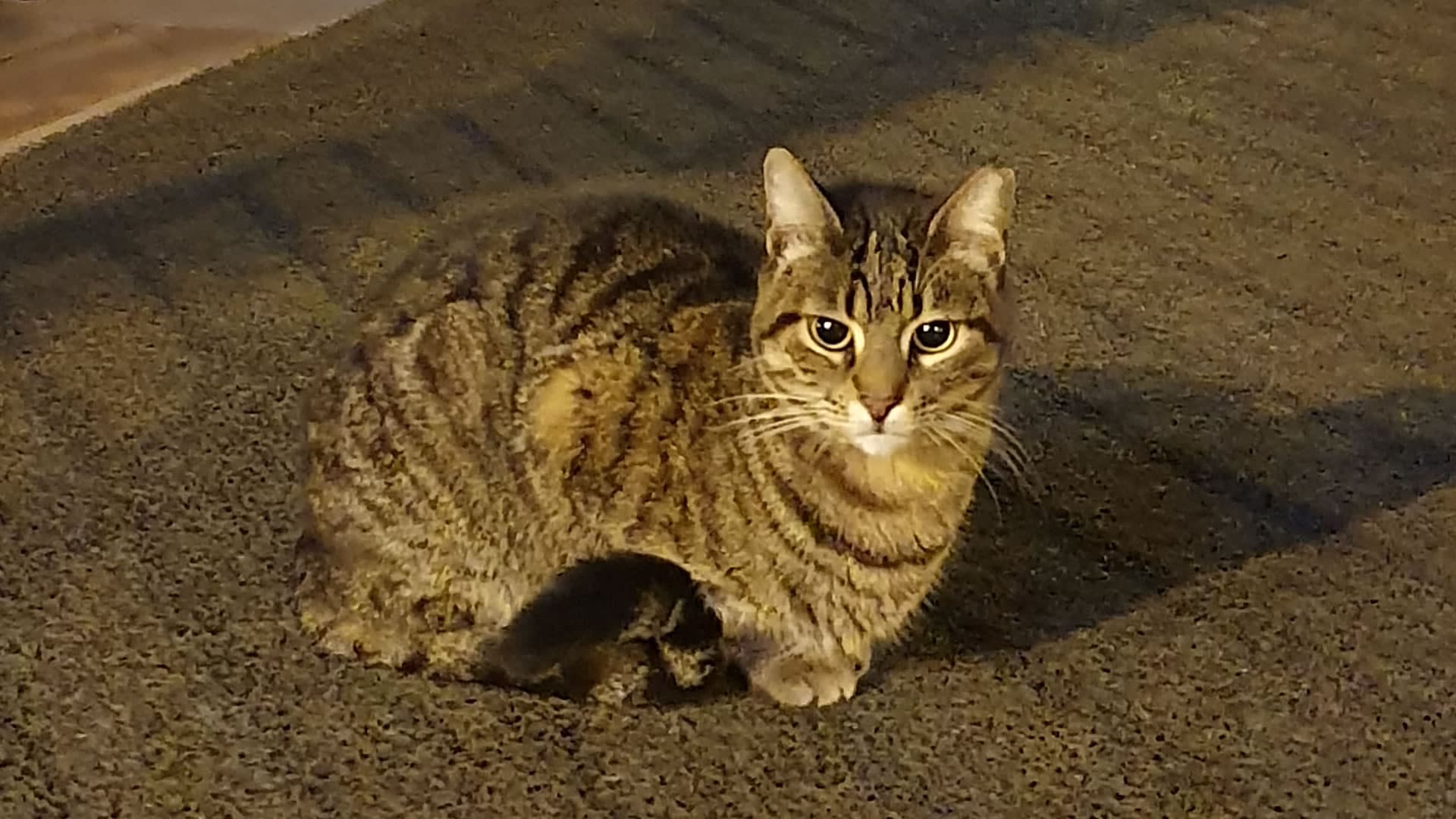
Why Do Cats Loaf?
Now we know what we mean by “cat loafing”, the different varieties to look out for, and where our cats loaf, we can delve into why cats get into this position and what it means.
1. Your Cat Feels Safe
It might seem strange and mysterious when cats sit with their paws and tail tucked underneath them. However, this is a very common sitting position for cats, and it means that they feel comfortable and safe. In fact, this is the most common reason for the loaf position.
Think about it – for cats in the wild, their paws are their first line of defense against predators. They need their paws and claws to lash out if any dangerous animals come nearby to scare them away. If a threatening situation does develop, cats will also need the paws at hand so they can quickly get up and flee the scene.
By sitting with their paws tucked beneath them, your cat is at its most vulnerable. If any danger was nearby, they’d have a more difficult time defending themselves. Therefore, cats will only sit in the traditional loaf position when confident they are completely safe.
When a cat does feel safe and comfortable, the loaf position will look something like this:
- Paws are tucked underneath the body
- Head stays upright
- Seems very comfortable and calm
- Ears don’t move a lot but are upright
- Eyes are slowly opening and closing
- Whiskers are calm and away from the face
- The tail usually surrounds the body
- Body language shows no sign of action any time soon
- Shuts its eyes completely after a while
I have gotten used to my cat in the loaf position as described above, and each time I’m very happy to see her sitting like this because I know that she is very calm and at ease.
When your cat does this in your home, you should be happy and proud of yourself too. It means your cat is content, safe, and comfortable in your home. You’ve clearly done a good job at making them feel happy and at ease, so pat yourself on the back!
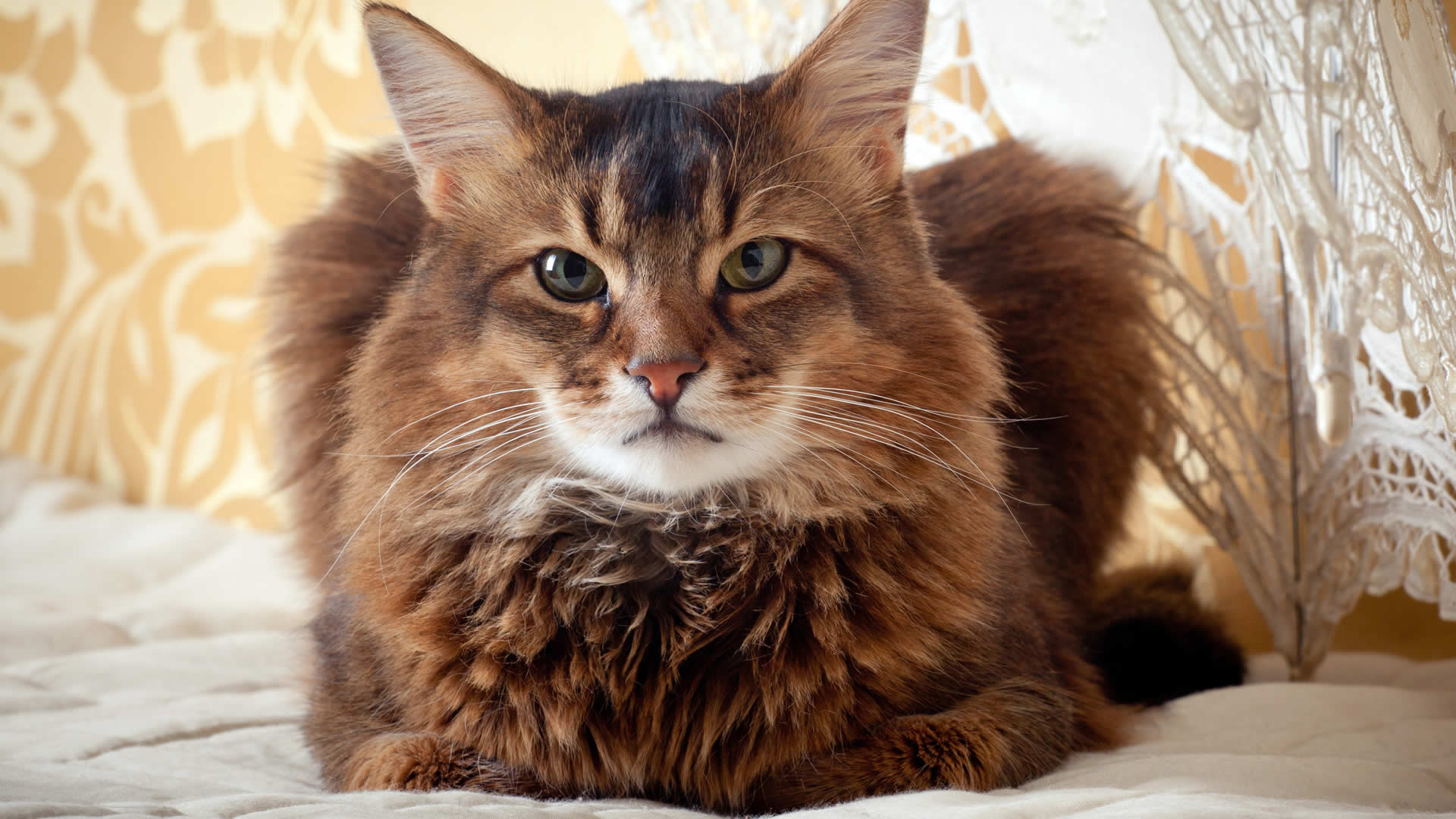
2. Your Cat is Too Cold
There is also the possibility that your cat is loafing as a means of temperature control.
The core body temperature for felines is an average of 101.5 degrees Fahrenheit. This is the optimum temperature for all their organs and bodily processes to function effectively, and so cats will try to keep their bodies at this temperature regardless of the weather outside or the temperature of your home.
You have probably seen your cat regulating their temperature already. On a hot summer’s day, you may notice cats spread out with their bodies flat on the floor. They will also be less active and move to cooler areas of your home. In extreme heat, the evaporation of sweat from their paw pads and nose also has a cooling effect on their body.
On the other hand, in colder weather, your cat will keep themselves warm by curling up and keeping their extremities close to their bodies. Doing so will limit the amount of heat lost and make it easier for them to stay warm. It is comparable to a person getting into bed and pulling the covers up to their chin on a cold winter’s day. They feel snug and warm.
The loaf position is the perfect position for retaining as much heat as possible. Lots of heat is lost through a cat’s paws, meaning they are usually one of the first places to feel cold. However, when cat loafing their paws will be tucked tightly underneath their tummies, they’ll feel warm and snug. Their tail wrapping tightly around their bodies further helps with this thermoregulation. So, if your cat’s environment is not warm enough, she might be feeling chilly and trying to preserve its body heat by taking the loaf position.
In most cases, cats will sit in the traditional loaf position when cold. But in some situations, your cat may leave one paw out. You may witness your cat tuck and untuck their paws as their temperature varies. Leaving one paw out will help them to cool a little, while re-tucking will warm them up again – how very clever!
If you do think your cat is loafing because they are cold, why not try to make them feel a little more comfortable? Ensuring your cat has a cozy bed to retreat to can give them somewhere to snuggle on a cold day. You could also engage in a play session with their favorite toys to help them warm up. When your cat exercises they will release heat as metabolic energy, helping to warm them up. A nutritious diet can also go a long way in promoting a thick and healthy coat that will keep them warm in the winter.
3. Your Cat Has a Paw Injury
Although the cat loaf is usually a good sign, it can also be an indication that your kitty has injured its paws. Tucking them beneath the body is their way of protecting them from further damage. Besides, the slight pressure from their tummy pressing down on their paws may help with any pain they are feeling.
Paw injuries are quite common in cats and could include:
- Ingrown Nails: If your cat’s nails grow too long, they may eventually grow inwards toward their paw pads. This is more likely in long-haired breeds such as Maine Coons or Persians as their long claws can go unnoticed until after the damage is done.
- Stings: Your cat could also get stung by an animal or an object, such as bees, wasps, scorpions, or nettles. This is mostly seen in outdoor cats who are more likely to come across these animals and plants. Most stings become inflamed as part of the immune response and cause irritation, especially if there are multiple bites or stings.
- Sharp Objects: It is also possible that your cat steps on a sharp object and cuts open her paw. This can cause bleeding and an open wound that could become infected, or the sharp object may be lodged into their paw pad. Examples include glass and thorns.
- Fractures: Your cat can fracture the bones in their paws either by jumping from an extreme height or by a heavy object falling on them. As will all broken bones, this is extremely painful.
Cats are masters at hiding pain from their owners, and so it can be difficult to tell whether your cat is in the loaf position because of an injury or wound. However, there are signs that you can look out for. If your cat is frequently licking one of its paws before and after taking the loaf position, this may be a sign that there is an injury or wound there.
You can also inspect their paws to look for signs of damage. However, don’t try to do this when your cat is loafing! Most cats don’t respond well to having their paws touched on a good day, so pulling their paws out from under their bodies is a sure way to annoy them.
Instead, wait until your cat has got up from the loaf position and pick them up to take a closer look. You can also pay attention to how your cat walks. Are there signs of limping? If it seems like they cannot put pressure on their paw, then an injury is likely.
Whenever you observe a behavior out of the ordinary like this, visiting the vet with your cat is the safest and surest way to solve any possible problems. They will be able to look at their paw and offer treatment for whatever injury or wound your cat sustains.
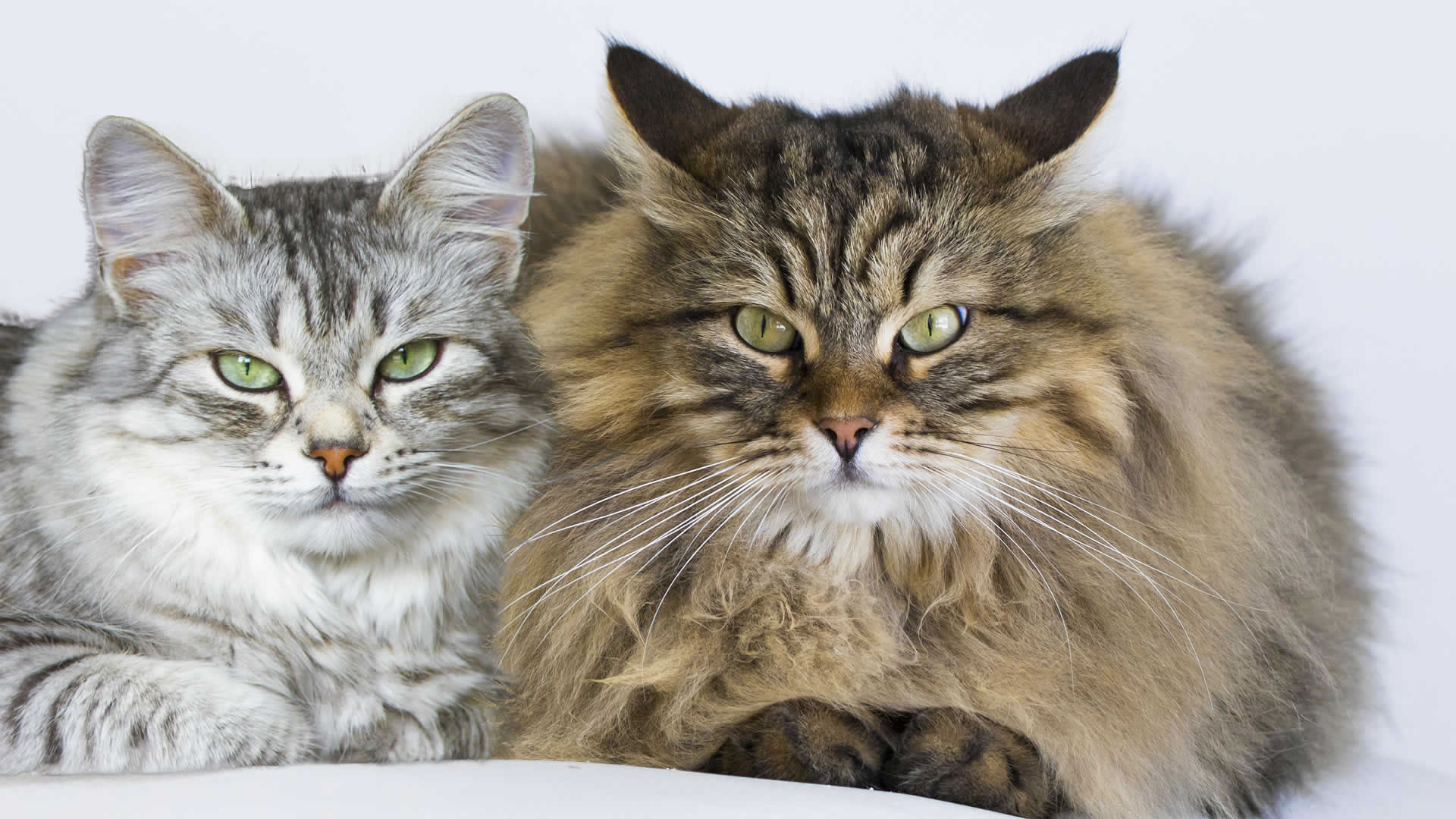
4. Your Cat Has Chronic Kidney Disease
As mentioned above, there is a variety of the loaf position called the meatloaf position.
This pose looks visibly different from the traditional loaf, partial loaf, or Sphynx loaf. Their back will be arched upward, looking contorted and uncomfortable. Their weight will shift forwards and their nose will point towards the floor. You’ll also notice that their eyes are clenched shut as if they are in pain.
This variety of the pose is not a good sign, and it is a common sleeping position for extremely sick felines that are suffering from chronic kidney disease (CKD). This is where their kidneys stop functioning effectively and it is very painful for cats. It is more common in senior cats over the age of 7 but can occur in felines of any age.
To understand the implications of CKD, we first must understand the role of the kidneys. Just as in humans, a cat’s kidneys are responsible for several vital bodily functions, including:
- Clearing out and removing toxins from the body
- Preventing dehydration by balancing water and electrolytes
- Producing hormones needed for red blood cell production
In cats with CKD, none of these three essential functions can be carried out as usual. Toxins will accumulate inside the cat, making them more prone to developing infections. Cats with CKD will also become dehydrated more easily and so often have increased thirst. They will also have a lower red blood cell count. These cells are used to carry oxygen around the body to where it is needed, so a reduced number could mean your cat is tired and more lethargic.
If you see your cat in the meatloaf pose, especially if it is in combination with any of the above symptoms, they likely require urgent medical attention. Book a trip to your vet immediately for an accurate diagnosis and treatment.
Unfortunately, there is no cure for chronic kidney disease, so your vet will only be able to prescribe pain medication to improve their quality of life. You may also have to make changes to their diet and help to encourage your cat to drink water to help deal with the disease.
Because of the number of related complications linked to CKD, cats with kidney failure also must go for regular checkups. Doing so ensures any complications are picked up as soon as possible so they can be treated before progressing into something worse.
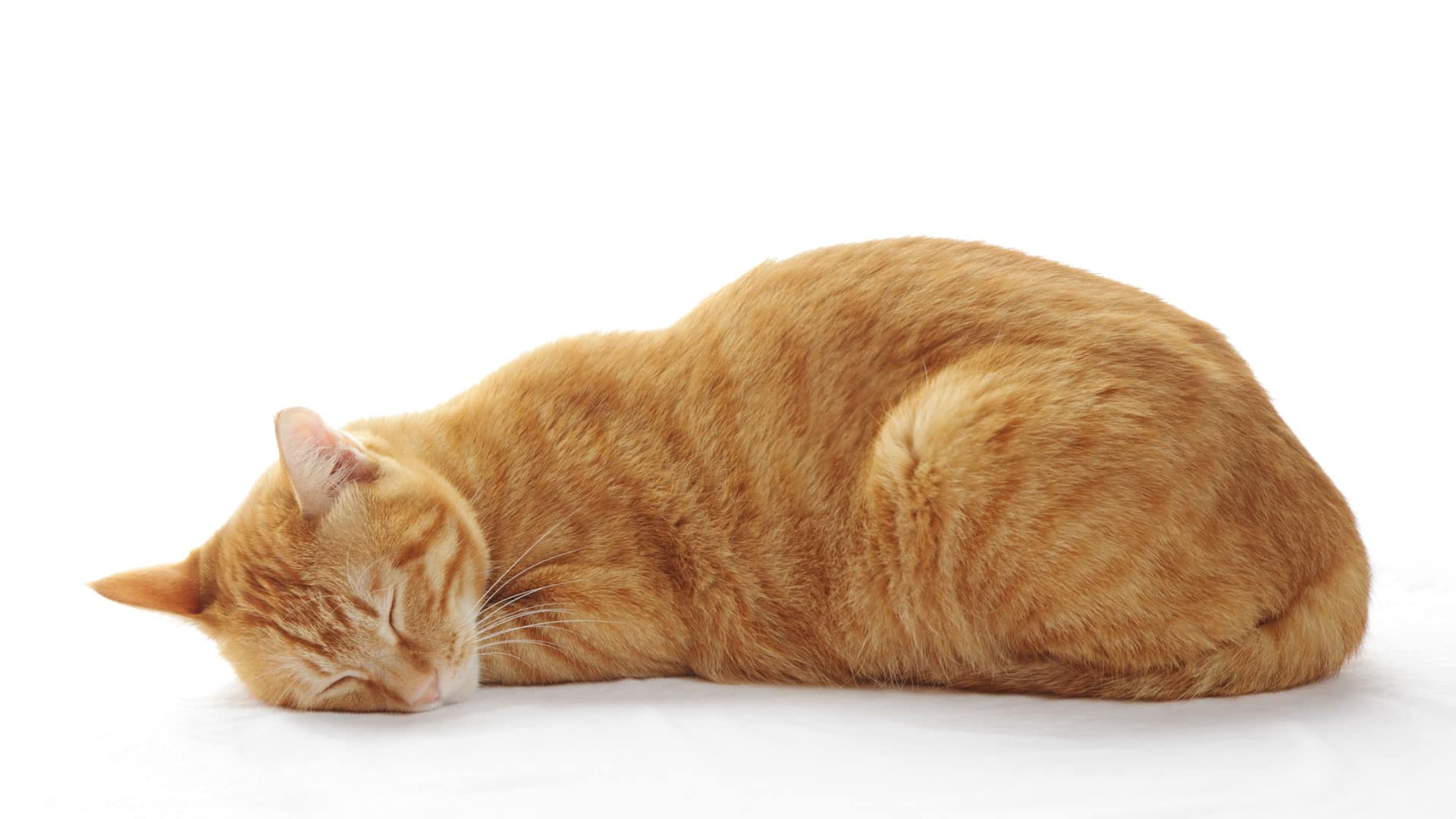
5. Your Cat Is Ready to Pounce
In some instances, especially when they are outdoors and surrounded by insects, butterflies, and other animals, or when they are playing with you, cats might take another loaf position: the attack loaf.
This loaf position is again different from the other loaf positions. The front paws are usually in the open in front of them and their head rests on their paws. While in the attack loaf position, their tail is usually pointing outwards, but sometimes it can also be by their side.
Other things that you can look out for to differentiate this position from the other cat loaf stances include:
- Keeps itself as close to the ground as possible
- Eyes are wide and alert
- Back legs appear ready for jumping
- Front paws are stretched out before it
- Follows its target intensely with its eyes
- The tail points out to keep balance once on the move
- Does not appear lazy or sleepy
This position enables cats to take immediate action and jump towards their target, which might be anything like a toy, an insect, or even a laser beam. As the target moves around, the cat becomes tense and shifts accordingly in tiny and rapid movements without disrupting the loaf position.
Because of the obvious differences, you can easily distinguish the attack loaf from other loaf positions. In fact, I’m sure that you won’t ever interpret this attack loaf position as a peaceful and lazy transition into a nap! For instance, unlike the regular relaxed loaf, the eyes are not lazily opening and closing – instead, they are wide and alert, focusing intensely on the target of choice.
At the end of the day, you do not need to worry when you observe this position. Your cat will make it when they are either playing or hunting. It is a natural posture that hones in on their hunting instincts and is a sure sign that your kitty is engaged, excited, and entertained.
6. Your Cat is Lethargic
If your cat takes the loaf position more often than usual, this may be a sign that your cat is lacking its usual amount of energy, known as lethargy.
When in the loaf position, cats will often act sleepy and start napping. Take my cat for example. When first getting in the loaf position, she stares at me for a while, then shifts her gaze to a vacant point in the room. She starts very slightly to squint her eyes as if trying to resist closing them completely. But alas, she shuts them completely and naptime begins.
Cats usually don’t sleep long and deeply in the loaf position, but they will have a light sleep. If your cat is alerted by a sound, it will open its eyes and check out what’s happening. And, if what your cat sees is worth its attention, then it will immediately move out of the loaf position.
Of course, this all depends on how sleepy your cat is at that moment. If the need for sleep takes the upper hand, your cat will resume sleeping as if nothing ever happened. Therefore, if your cat is in the loaf position and sleeping frequently, it could be a sign they are overly exhausted, low in energy, and lacking interest or motivation in other activities.
This lethargic behavior is a common sign for multiple illnesses. Some of these are minor, whereas others are major causes for concern. As there are too many possible causes of lethargy to list all of them, here is a quick look at some common examples:
- Fever caused by infections
- Arthritis or joint disease, especially in older felines
- Poisoning through eating something toxic
- Kidney disease
- Diabetes
As a general rule of thumb, you should contact your vet if your cat has been lethargic for over 24 hours. However, the truth is that you know your cat better than anyone else – there is probably no other person that observes your cat closer than you do! Therefore, you will know best if your cat taking the loaf position more often than normal is the sign of a problem or not.
If you do think there is an issue, try not to panic immediately. Every cat is unique and might react differently to various situations and illnesses. Your cat could just be having a lazy day or enjoying snuggling up in the loaf position.
If there is anything wrong, your vet will be able to prescribe effective medication or treatment to help alleviate the underlying condition. Your tired and sleepy kitty will be back to their playful self in no time at all!
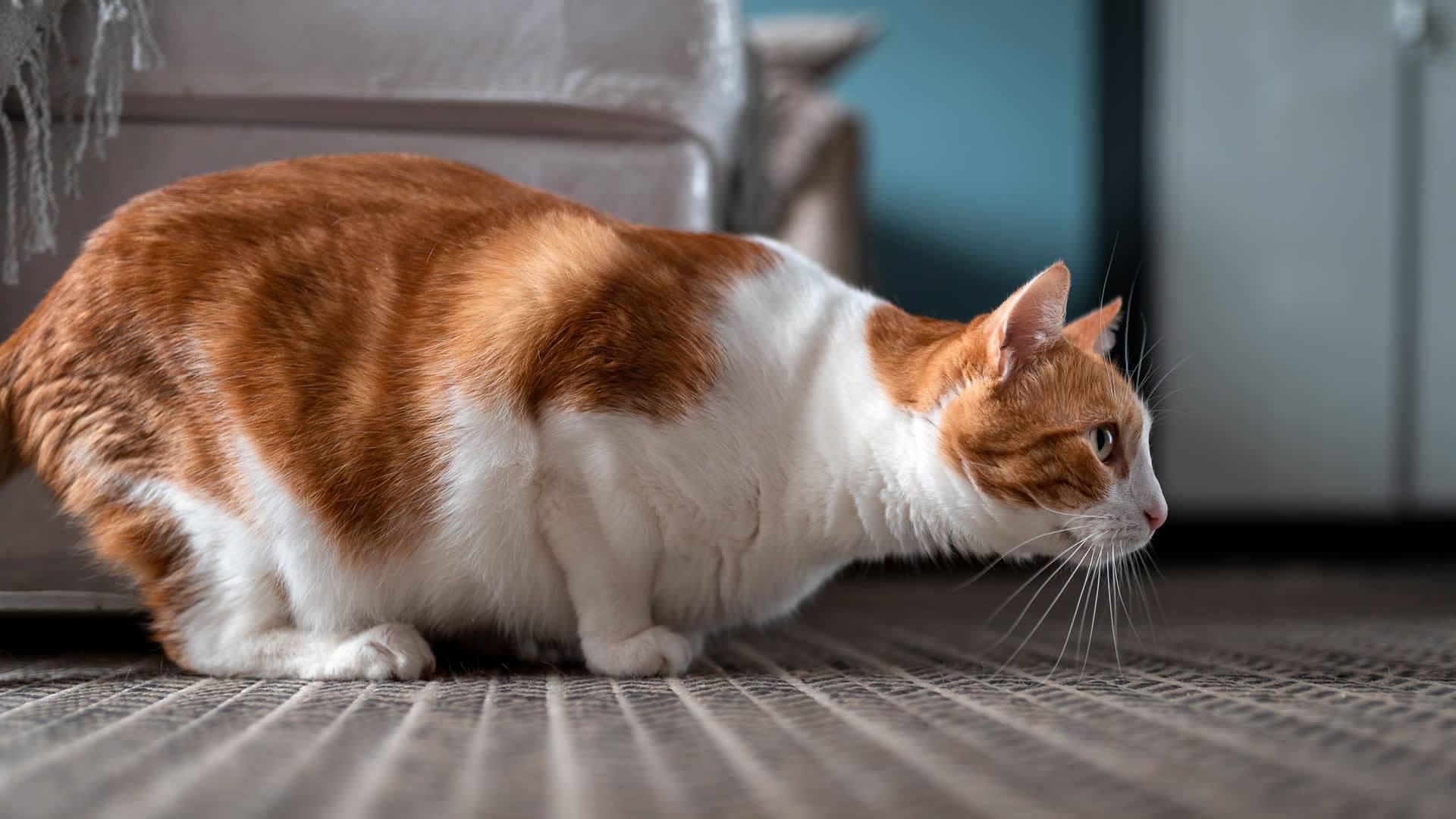
Why is Understanding Your Cat’s Behavior Important?
Understanding what cat loafing is and the possible reasons behind it is all well and good, but why does this really matter?
Well, cats display an abundance of mysterious behaviors and positions, and it’s extremely important to pay attention to this. As they cannot speak to express its problems, body language and physical signs is their primary method of communication. Good communication is vital for knowing what your cat wants and needs, as well as providing an early indication for any illnesses.
In other words, you need to speak your cat’s language to be able to give them the best life possible. Besides, if you don’t have an experienced cat owner around you for guidance, you can find yourself getting worried over a few behaviors or strange positions. With this in mind, it is completely understandable that you would want to know more about your cat’s form of communication with you.
What Are the Different Types of Cat Body Language?
Cat loafing is just one of the many strange behaviors it is important to understand, but there are many different types of body language you may observe. Therefore, you should also learn what other sleeping positions and behaviors mean, including:
- Flopping on the Floor: When a cat flops down in front of you, this is usually a good sign and indication they trust you. They could also be after your attention, feeling playful, or are feeling a little hot and bothered. For more on this topic, you can read why does my cat flop down in front of me.
- Staring at You: Cats have a habit of staring at you for minutes at a time while staying completely still. This long stare is your cat’s way of trying to understand how you are feeling. For more on this, you can read why does my cat stare at me.
- Cat Tail Positions: Your cat’s tail position also tells you a lot about what they are trying to communicate. For example, if the position of your cat’s tail resembles a question mark, this means that your cat wants to play. On the other hand, if your cat is thumping their tail when lying down it signals that they are irritated.
- Other Sleeping Positions: Of course, the cat loaf is just one of many sleeping positions you will see your cat in. They are extremely flexible, and you’ll often see them contorted into all kinds of strange poses! Like the cat loaf, lying with their belly exposed is a sign they feel safe and trust you, whereas splooting on their bellies is a sign they’re too hot and trying to cool down.
These are only a few examples of the different body language you may see – there’s far too much to learn to list it all here! As such, it might take you some time to figure out what exactly your cat is doing most of the time, especially if you’re a new owner. However, once you get used to your cat’s unique character, you will develop a very enjoyable relationship.
Every time you see your cat doing a strange and mysterious behavior, why not Google it? This way you’re constantly educating yourself on how to understand and communicate with your cat.
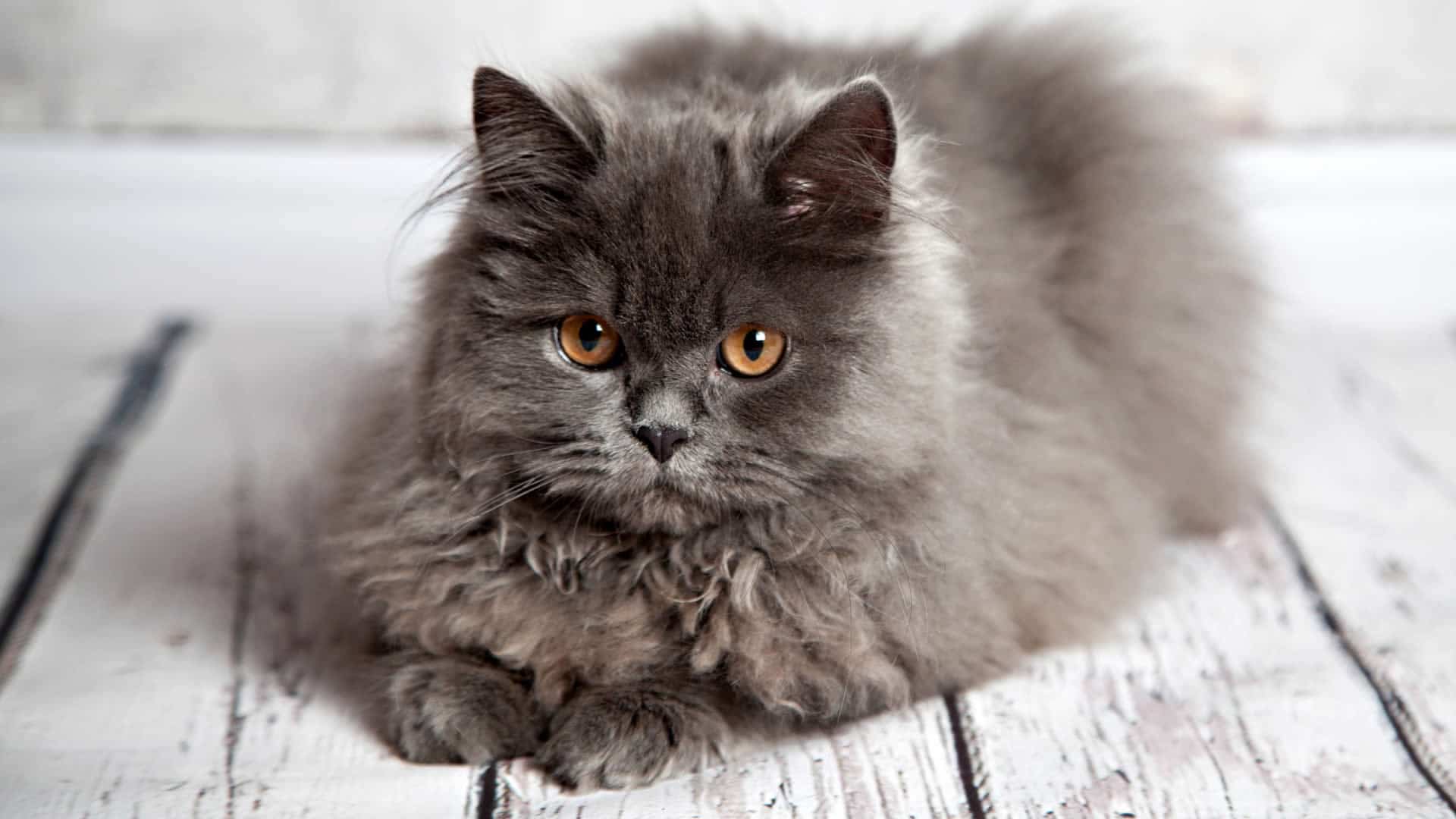
What Are Other Signs Your Cat Feels Safe and Happy?
The number one reason for the cat loaf position is that your cat feels safe. However, if your cat doesn’t ever sleep like this, don’t worry! This doesn’t necessarily mean your cat is stressed or worried. They might just not like the position and find it uncomfortable – each cat is unique, and while my cat might love loafing yours may hate it!
Thankfully, there are other positions and behaviors besides the cat loaf that might show that your cat feels at ease. Keep a lookout for these for reassurance that your cat feels happy, safe, and content:
- Stretching: The stretching movement after a nap can indicate that your cat is in a good mood. Stretching is also linked to stress and can help reduce their anxiety and tension caused by a stressful event. If this stretching is finalized with the relief of its ears and whiskers and the slight opening and closing of its eyes, then you can be sure that your cat is completely relaxed and calm.
- Playfulness: When cats are willing to play, this is also a sign that they are in a good mood. After all, for cats to willingly engage in playtime their primary needs – such as having enough to eat, a clean litter box, and plenty of enrichment – must be fulfilled to a satisfactory level.
- Ear & Eye Movements: A cat’s ears and eyes can give a lot away about how they are feeling. When their ears face forward and upright with a slight backward tilt, it indicates they are feeling happy. Their eyes will also be relaxed, blinking slowly, and not fixated on one single spot.
- Relaxed Posture: When your cat is sat in a relaxed posture it also shows they feel safe. The cat loaf is one example but lying on their side or back to expose their belly also shows they feel at ease. Even when awake and standing, an upright tail with a curved tip, relaxed ears, and a calm posture indicates contentment.
- Vocalization: Cats are often chattier and more vocal with their owners when they are happy. They are trying to have a conversation with you and love you! Purring is also a great indication that your cat is content. However, watch out for low-pitched meows – this could be a sign that they are unhappy or annoyed.
- Response to Stimuli: Happy cats that feel safe will also respond well to environmental stimuli. Any typical stressors such as loud noises or new people in their home won’t cause too much upset or agitation for a content cat. Your cat will also be interested in what is going on, happily meeting new people, playing with new toys, and enjoying new experiences.
If you observe your cat displaying the behaviors listed above, it most likely is very comfortable and at ease at that moment. Some of these actions and sounds might seem quite weird to us, but rest assured, they are completely normal for cats and a good sign you’re doing a great job as a pet parent.
Interestingly, research has shown that while cats do not understand our words, they do understand our body language and how we say our words. Your cat will then adapt their behavior based on their owners’ actions and facial expressions, and here is a study that explores this topic in depth. Once your cat knows you are calm and at ease, it will most likely mirror your temperament.
So, one of the best ways to ensure your cat feels happy and safe is to be happy yourself. For example, Moriah Galvan and Jennifer Vonk’s study done at Oakland University found that cats whose owners smile often are more likely to display positive behaviors – like purring and sitting on their owners’ laps – than those who smile less.
So, if you’ve had a good day and have returned home from work feeling happy, at peace, and with a smile on your face, your cat will likely share this happiness and have a wonderful evening with you.
MY FINAL THOUGHTS
Overall, the cat loaf is a very common position that should not worry you at all. In most cases, your cat takes this position when there is no need to use its paws and it feels safe and comfortable. If your kitty is this relaxed around you, that’s a good sign they are happy.
Your cat could also be tucking their paws underneath their body to help keep them warm or to get nice and cozy for their nap. Or perhaps your cat has sustained a paw injury and is trying to keep its sore paws out of harm’s way. You should easily be able to notice this by watching for signs of limping or inspecting their paws.
Variations of the loaf position into the meatloaf stance or taking the cat loaf pose frequently can also be signs of illness. If in doubt, contacting your vet for a checkup will ensure no condition has gone unnoticed. They can offer advice and treatment, leaving your furry friend happy and healthy!
If there is one takeaway from this article though it is to keep learning about cat behaviors such as the cat loaf. By doing so, you’ll understand all of your feline’s weird and wonderful quirks in no time.

Leave a Reply